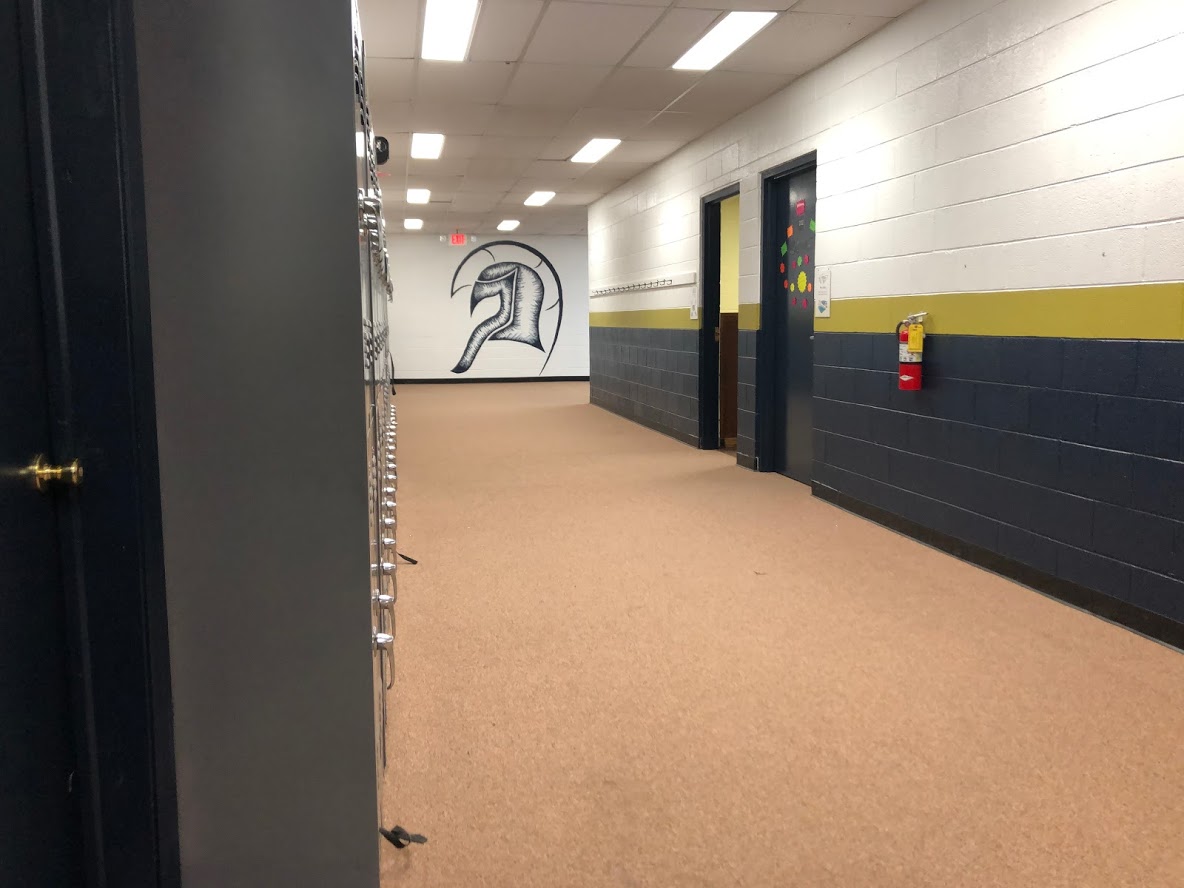Academics Combined Class Information

Granite Christian Academy was founded in 1973 and has been in continuous operation since. In that time, there have been a number of curriculum’s used. At the conclusion of the 1990’s, the Administration of GCA decided to suspend our use of Accelerated Christian Education (ACE)- a system that utilizes work books that teaches the individual student, in favor of Abeka, the publishing arm of Pensacola Christian College (PCC) in Pensacola, Florida. PCC is the largest producer of Christian textbooks in the world today. Their curriculum is best utilized within a traditional classroom environment and excels in preparing students academically and spiritually. It is our belief that the traditional classroom dynamic is best for the majority of students. GCA operates within a “Combined Grade” structure. Simply put, we group students from two or more consecutive grades into one classroom with one teacher. There are likely many questions you may have about this arrangement. We will attempt to answer the most common ones here, but please feel free to contact us with any thoughts, inquiries or comments you may have.
Combined Class Information Are Combined Classrooms superior/inferior to single-grade classes?
There is no evidence to suggest that multi-grade classes when properly administered are better or worse than single-grade classes. At GCA, the success of our students has depended more on the performance of our teachers, the capability of the student and involvement of the parents than on the number of grades represented within a given classroom.
Combined Class Information I’ve heard GCA teaches combined grades in their classrooms. Does this put the teacher and/or student at a disadvantage?
Generally speaking, No, it does not present a disadvantage for either teacher or student. Obviously, every child has different learning needs, and our ultimate goal is to have each grade in its own room with its own teacher, but on the whole, our combined classrooms are organized in such a way as to give the student the same potential for success as they would enjoy in any other learning environment. We have included information specific to this question here.
Combined Class Information Will my child get enough individual attention?
The amount of individual attention a student receives is more an issue of the number of students within a classroom than how many grades are represented. Abeka as a curriculum is designed to be used successfully in both single and multi-grade situations. It is designed to allow the teacher maximum flexibility in moving from grade to grade. Because of this, students who are not hindered by learning difficulties beyond the norm receive more than enough individual instruction.

Combined Class Information How can teacher effectively teach more than one grade at a time?
Teachers from all backgrounds utilize a variety of approaches in efforts to give their students the best education possible. The following techniques represent some of these approaches:
- Teach multiple grades a common subject then give each grade its own age appropriate task
- Break students up into smaller study groups utilizing teachers’ aides or parent volunteers
- Teach one grade while allowing another grade to finish seatwork from their previous lesson
- Bring students together from two consecutive grades for subjects that can be taught in a way that bridges the relatively insignificant age gap (ex. Health, Physical Education, Music, etc.)
- Abeka structures many of its subjects in such a way as to combine two successive grades automatically. For example, the 7th & 8th grade may study earth science in one semester together and biology the next. This is then switched the next academic year to ensure no students take the same subject twice.
Combined Class Information How will a Combined Class affect my child?
ACADEMIC ACHIEVEMENT
Several studies have found that students in combined classes do just as well as students in single-grade classes. In fact, some students actually do better in language and reading. Since teachers are usually required to teach the same class for two years, they become more familiar with the student and their families. This results in a stronger sense of continuity. Research done with a Kentucky Public School multi-grade classroom shows that over time, students’ academic achievement and teachers’ preparation time increased.
SOCIAL DEVELOPMENT
Studies show that children in combined classes have more opportunities for emotional and social growth. Students learn how to work on their own and as part of a team, build leadership abilities as they work together and help each other, develop decision-making skills and become more self-motivated and responsible and learn in an environment that reflects the real world with its diversity of ability and perspective.
Combined Class Information How can I best help my child succeed at GCA?
- Never let the spiritual slip from top priority – pray with them, reinforce Biblical principles in their lives.
- Be involved in their school life – ask about their school work, teachers and friends.
- Stay connected with the school- Talk to your child’s teacher; ask questions, take full advantage of the resources GCA provides to maintain a good understanding of your child’s progress.
- Reinforce their learning at home- be involved with their homework, see to it work is being completed properly and on time.
In conclusion, multi-grade classrooms are a necessary part of our current school setup, but that in no way indicates that your child would receive anything less than a first-rate education. If we thought otherwise, we would consider ourselves to have failures in our responsibility to our students, their parents and our Saviour. Please contact us for further information regarding this or any other facet of GCA. We are grateful to West Alabama Christian School and the American Association of Christian Schools for their help in assembling this information.
How To Find Us
- Address:
- 1705 Peppers Ferry Road, Wytheville, VA 24382
- Phone No:
- 276.228.3129
- Facebook:
- Granite Christian Academy
 GCA
GCA  Celebrating 50 years of excellence!
Celebrating 50 years of excellence!